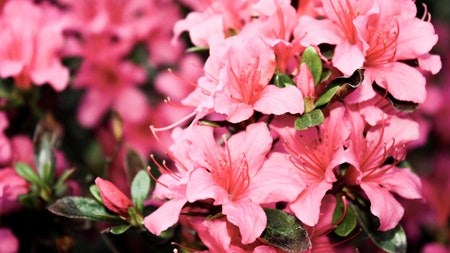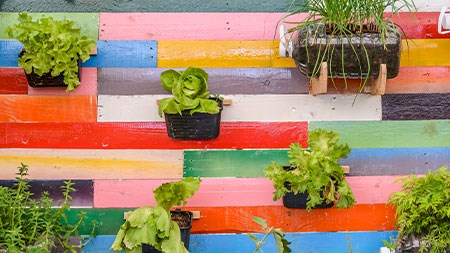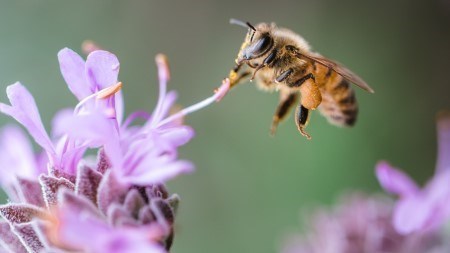Autumn is synonymous with falling leaves and wilting foliage. It’s easy to picture your garden as colourless and full of crunchy, dried leaves during this season, but there are actually plants that are suited to grow during autumn. Using the list of plants below, you can ensure that your garden remains just as bright and beautiful during autumn as it was during spring and summer.
1. Viola
Violas are bright flowers that are usually light to deep violet in colour. They also come in the colours yellow, cream, blue and can be multi-coloured. These plants are quite versatile and can even be eaten in salads or used as a garnish for various foods.
Violas are best planted in cooler temperatures with bright light, such as during autumn and the beginning of spring. It can take as little as 18 days for a viola plant to mature, with this plant flourishing with mulching, frequent watering, and fertiliser.
2. Poppies
There are different varieties of poppies, namely: Iceland poppies, Californian poppies, Flanders poppies, Shirley poppies, Oriental poppies, and South African poppies. Poppies are best planted in autumn as the drop in temperature will allow the seeds to germinate.
If the weather is too warm to promote germination, it is recommended that seeds are stored in an airtight container and refrigerated for a month during February or March before being planted.
Poppies thrive in well-drained soil and lots of sunlight.
3. Calendula
Calendulas are best planted in soil that is rich and retains moisture, as well as in a spot that receives a lot of sun. The seedlings are slightly frost tolerant and plants that are well established tend to rebloom in late autumn. They are orange-yellow in colour and add a vibrant feel to a garden, especially in autumn. An added benefit to growing calendula is that this plant can be used for cooking and medicinal purposes as the blossoms are edible.
4. Sweet peas
Sweet peas are available in a myriad of colours, from blue to pink, red, purple, magenta, cream, white, burgundy, and peach.
To plant sweet peas, soak the seeds overnight to increase the rate of germination. Seeds shouldn’t be sown in cold or wet soil to prevent rot and it is recommended that seeds grown in a pot are protected by a cold frame or a greenhouse.
5. Alyssum
Alyssum is best sown in autumn if the winter climate is mild. They grow fairly quickly and cease to bloom during hot weather.
They require full sun to partial afternoon shade to thrive and organic fertiliser is recommended prior to planting.
Alyssum tends to attract wasps and other insects which will prove beneficial to the health of your garden.
6. Gardenia
Gardenias are best planted in autumn and spring. They thrive in partial shade and are often used as ornamental shrubs to spruce up gardens.
7. Primrose
Primrose blooms in winter, which is why it’s recommended to plant this flower at the beginning of autumn.
The seeds should be sown in cool conditions in trays or directly at least 200mm apart. The seed shouldn’t be covered when sown and you can expect the flowers to show after 18 weeks.
8. Azalea
These flowers bloom in spring and autumn and look great in a variety of gardens. Azaleas should be planted in partial shade and slightly acidic soil (you can use acid compost to achieve this) in order to allow the flowers to flourish.
9. Diasca
Diasca is a hardy plant genus that has over 70 species. It should be planted in well-drained soil and it thrives in full or partial sun.
Compost rich soil and regular fertilisation can help this plant grow colourful and big at a rapid rate.
10. Lavender
Lavender should be planted in autumn to allow the plant to grow sturdy roots. This plant is best suited in full sun and well-draining soil.
Regular watering and liquid fertilisation during growing season helps lavender grow well. It’s best to water lavender regularly until the formation of new plants, and then reduce watering to once a week during the summer season.
Consider adding the 10 plants above to your garden in autumn for a visually appealing outdoor space.



